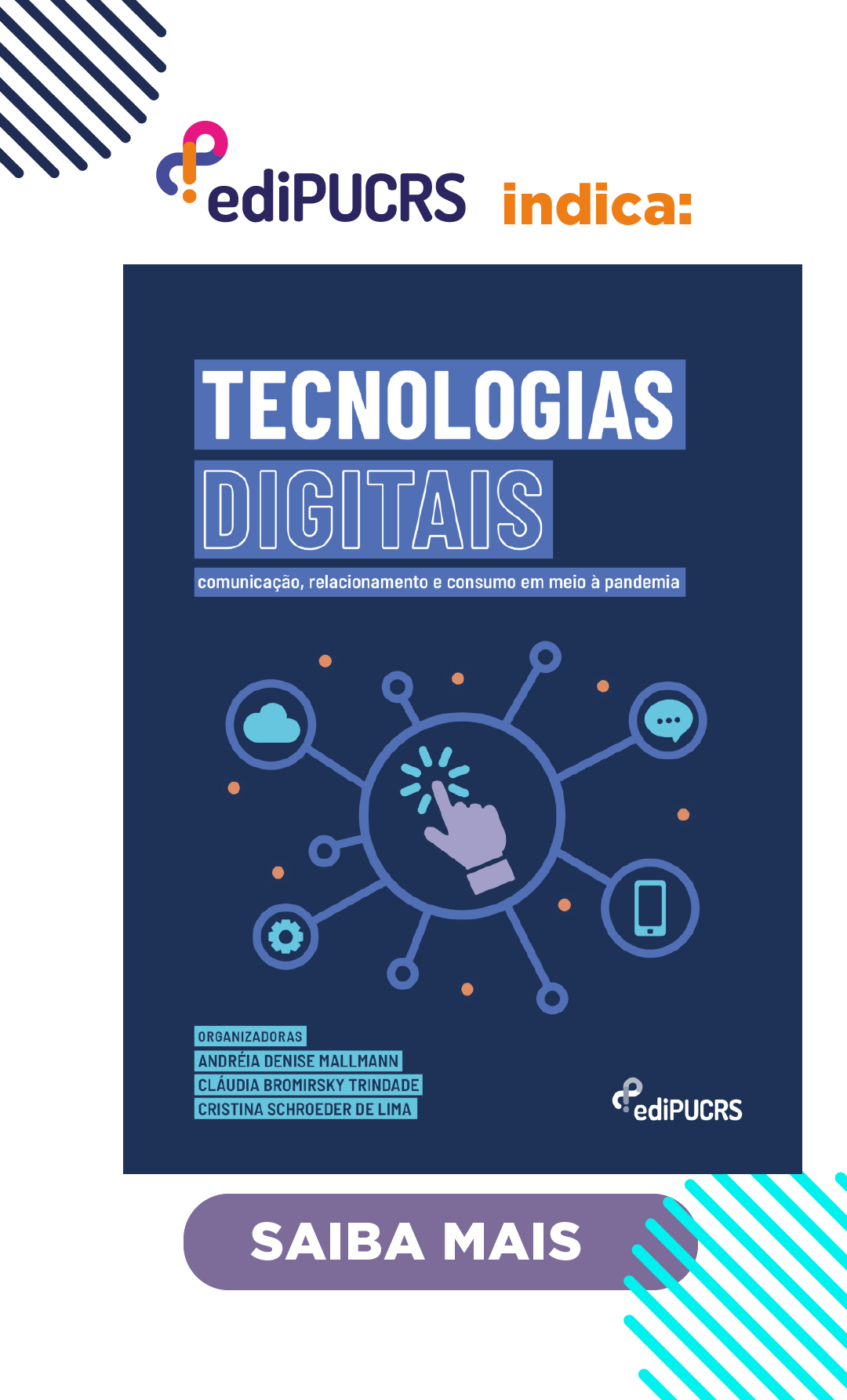New communication scenarios in the context of interactive media: the spreadable media
DOI:
https://doi.org/10.15448/1980-3729.2015.2.19729Keywords:
Social networks, Interaction, RecirculationAbstract
Within the current reality of mass media, there exists an objective to verify the possibilities of individual participation in discussions and his/her social visibility. In the context of the recirculation of information via social networks, considerations about the levels of participation of the reader/ receiver in the construction and broadcast of information were made. In a specific way, the interaction between levels of television products of conventional TV and social networking sites were discussed here, with the following objectives: a) to question synchronous and asynchronous audience patterns b) to verify indicatives of strengthening the audience, and c) to verify distinct uses distant from suggested protocols by production limits. The survey shows a strong indication to the media engagement via chat networks established between television programming consumers. Keywords: Social networks. Interaction.Downloads
References
ANDERSON, Chris. A cauda longa. Do mercado de massa para o mercado de nicho. Rio de Janeiro: Elsevir, 2006.
AGAMBEN, Giorgio. O que é o contemporâneo? e outros ensaios. Chapecó, SC: Argos, 2009.
______. Profanações. São Paulo: Boitempo, 2007.
______. Infância e história: destruição da experiência e origem da história. Belo Horizonte: Editora UFMG, 2005.
______. Estado de exceção. São Paulo: Boitempo, 2004.
BADIOU, Alain. O século. Aparecida, SP: Ideias & Letras, 2007.
DALMONTE, Edson F. Pensar o discurso no webjornalismo: temporalidade, paratexto e comunidades de experiência. Salvador: EDUFBA, 2009a. Disponível em: https://repositorio.ufba.br/ri/bitstream/ufba/200/3/Pensar%20o%20discurso%20no%20webjornalismo.pdf Acesso em: 10 jan. 2014.
______. A esfera paratextual: o lugar do leitor-participante no webjornalismo. Galáxia, São Paulo, v. 9, n. 18, p. 113-124, 2009b. Disponível:
http://revistas.pucsp.br/index.php/galaxia/article/view/2645/1685 Acesso em: 10 jan 2014.
______. Presente: o tempo do jornalismo e seus desdobramentos. História, Franca, v. 29, n. 1, p. 328-344, 2010. Disponível em: http://www.scielo.br/scielo.php?script=sci_arttext&pid=S0101-90742010000100019&lng=pt&nrm=iso Acesso em: 10 jan 2014.
FRANCISCATO, Carlos Eduardo. A fabricação do presente: como o jornalismo reformulou a experiência do tempo nas sociedades ocidentais. São Cristóvão: Editora UFS, 2005.
GENETTE, Gérard. Seuils. Paris: Éditions du Seuil, 1987.
_____. Discurso da narrativa. Lisboa: Vega Universidade, 1995.
_____. Palimpsestes: la littérature au second degré. Paris: Éditions du Seuil, 1982.
GIOVAGNOLI, Max. Cross-media: Le nuove narrazione. Milano: Apogeo, 2009.
GLOBO lança novo portal de entretenimento, o GShow. G1, 11 jan. 2014. Disponível em: http://g1.globo.com/pop-arte/noticia/2014/01/globo-lanca-novo-portal-de-entretenimento-o-gshow.html. Acesso em: 10 jan 2014.
HARBOE, Gunnar. Introduction to Social TV. In: Mobile TV Customizing Content and Experience. Springer: London, 2010.
JENKINS, Henry. Cultura da convergência. Editora Aleph, 2008.
JENKINS, Henry; FORD, Sam; GREEN, Joshua. Spreadable media. Creating value and meaning in a networked culture. New York University Press, 2013.
LATOUR, Bruno. Reflexão sobre o culto moderno dos deuses fe(i)tiches. São Paulo: Edusc, 2002.
MONTPETIT, Marie-José. Your content, your networks, your devices: Social networks meet your TV Experience. ACM Comput. Entertainment Environments archive, v. 7, Issue 3, Article 34, September, 2009.
MONTPETIT, Marie-José; KLYM, Natalie; BLAIN, Emmanuel. The Future of Mobile TV: When Mobile TV Meets the Internet and Social Networking. In: Mobile TV Customizing Content and Experience. Springer, London, 2010.
ORTIZ, Júnia. Configurações da experiência televisiva: o consumo social na Internet. Dissertação (Mestrado em Comunicação) - Programa de Pós-Graduação em Comunicação, FACOM/UFBA, 2013.
PROULX, Mike; SHEPATIN, Stacey. Social TV. How marketers can reach and engage audiences by connecting television to the web, social media, and mobile. John Wiley & sons, 2012.
SCHATZ, Raimund, et al. “What are you viewing?” Explore the pervasive Social TV experience. In: Mobile TV Customizing Content and Experience. Springer, London, 2010.
VILLI, Mikko. Social curation in audience communities: UDC (user-distributed content) in the networked media ecosystem. Participations. Journal of Audience & Reception Studies, v. 9, n. 2, 2012. Disponível em: http://participations.org/Volume%209/Issue%202/33%20Villi.pdf Acesso em: 10 jan 2014.
Downloads
Published
How to Cite
Issue
Section
License
Copyright
The submission of originals to Revista Famecos implies the transfer by the authors of the right for publication. Authors retain copyright and grant the journal right of first publication. If the authors wish to include the same data into another publication, they must cite Revista Famecos as the site of original publication.
Creative Commons License
Except where otherwise specified, material published in this journal is licensed under a Creative Commons Attribution 4.0 International license, which allows unrestricted use, distribution and reproduction in any medium, provided the original publication is correctly cited.






